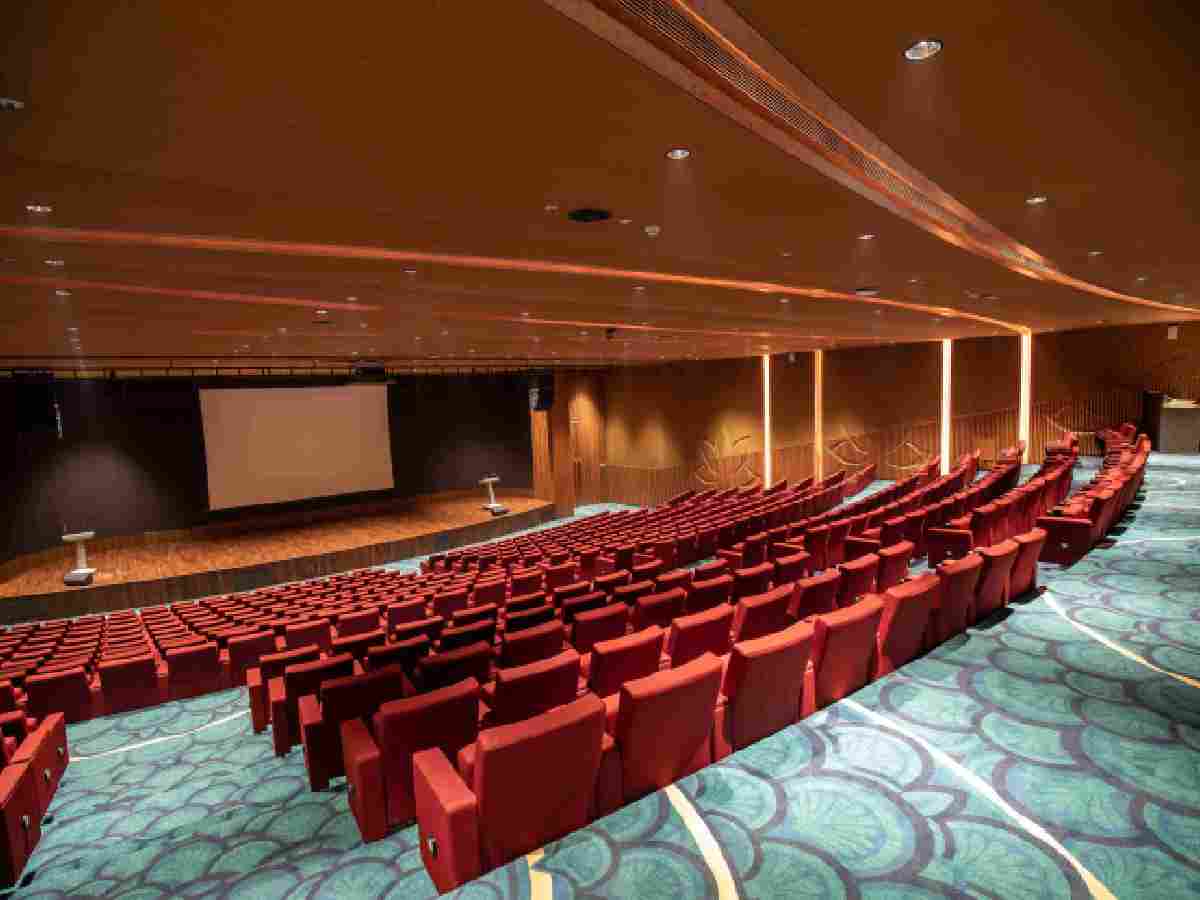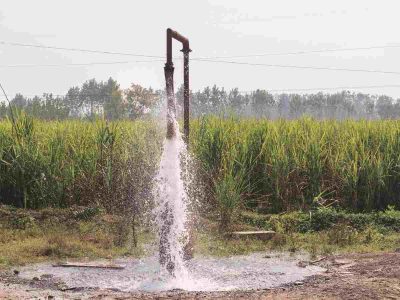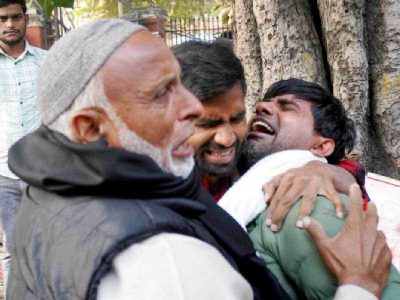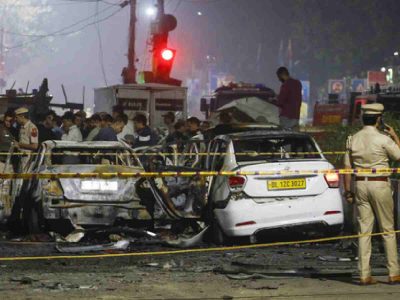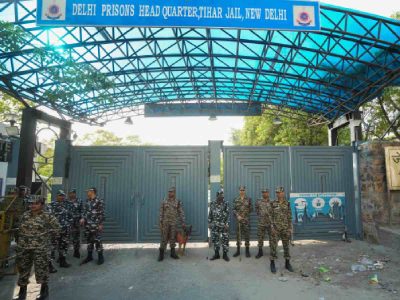Delhi has long been a tinderbox waiting to explode. Many of its iconic buildings have withstood generations without adequate fire safety safeguards—and the risk extends beyond private establishments to those under the supervision of state and central government agencies. This vulnerability is particularly stark in the case of auditoriums across the national capital.
Out of the 28 auditoriums listed with the Licensing Department of the Delhi Police, six are operating without valid Fire Safety Certificates (FSCs). These venues typically have a seating capacity of around 150 people each. Despite their ability to accommodate sizeable audiences, several of these auditoriums lack essential fire safety protocols.
Which buildings are flouting FSCs
According to official data accessed by Patriot, FSCs have been denied to several prominent auditoriums, including ML Bharatiya Auditorium at Alliance Francaise, Lodhi Estate; Air Force Auditorium, Subroto Park; Arya Auditorium at Des Raj Campus; and the India Trade Promotion Organisation (ITPO) at Pragati Maidan. Others—such as the auditorium at the Federation of Indian Chambers of Commerce and Industry (FICCI), Shri Ram Centre for Performing Arts, and Rajendra Bhawan—have failed to renew their certificates.
These venues fall under the category of ‘Assembly Buildings’ as defined by civic authorities in Delhi. According to the Delhi Development Authority (DDA), such buildings are those that accommodate 50 or more persons.
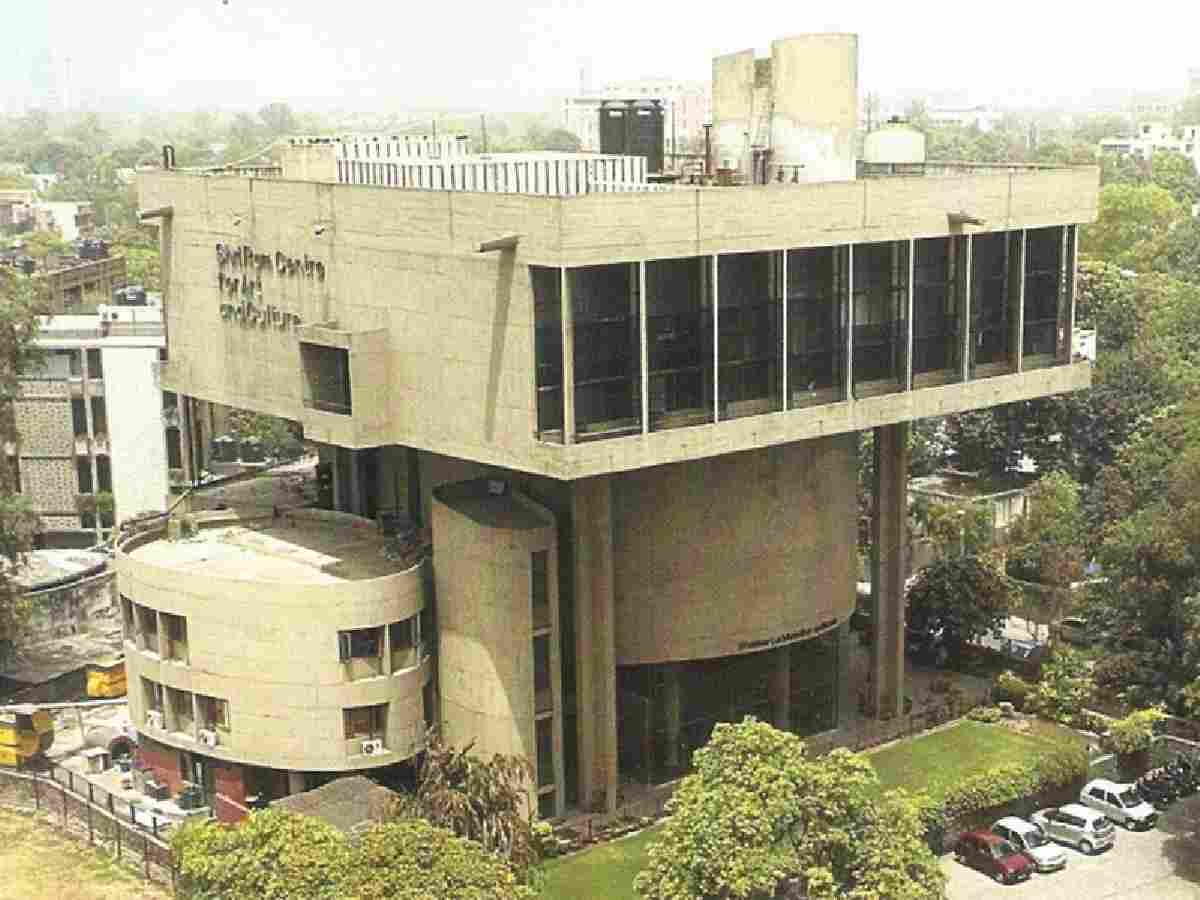
The Unified Building Bye Laws for Delhi, 2016, state: “These shall include any building or part of a building where group of people not less than 50 congregate or gather for amusement, recreation, social, religious, patriotic, civil, travel and similar purposes; for example theatres, banquet halls, motion picture houses, assembly halls, auditoria, exhibition halls, museums, skating rinks, gymnasiums, restaurants, places of worship, dance halls, club rooms, passenger stations and terminals of air surface and other public transportation services, recreation piers and stadia.”
How FSC norms are being circumvented
Some buildings, like FICCI, have exploited classification loopholes to bypass FSC requirements. As per their last certificate renewal on March 24, 2025, the building was classified as an ‘Occupancy Class E’ structure, or a Business Occupancy (Office Building).
The bye-laws define this class as: “…any building or part of a building which is used for transaction of business for the keeping of accounts and records for similar purposes, doctors’ service facilities, barber shops, city halls, town halls, court houses, libraries shall be classified in this group, so far as principal function of these is transaction of public business and the keeping of books and records.”
Centre’s own venues fail FSC test
One of the most surprising omissions is the Centre’s own flagship venue—India Trade Promotion Organisation (ITPO) at Pragati Maidan—which also lacks a valid FSC.
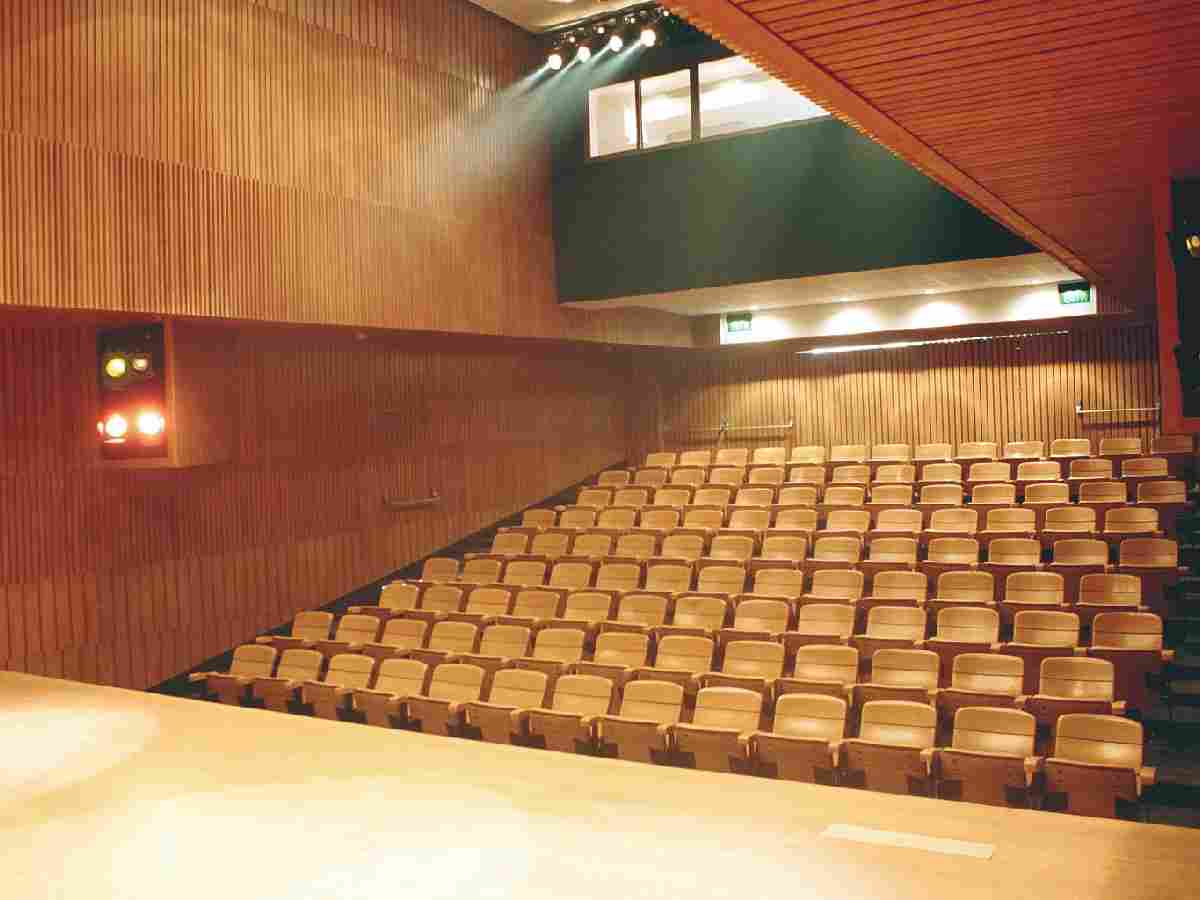
A senior official from the Delhi Fire Services (DFS) said the FSC for ITPO was rejected after an inspection on October 3, 2024. “The inspection revealed several deficiencies,” he said. These included non-operational smoke curtains that failed to compartmentalise the halls, non-functional pressurisation systems in staircases and lift lobbies, and non-working smoke management systems and detectors.
He added that the Manual Operated Electronic Fire Alarm (MOEEFA) system was not functioning, some fire check doors had broken glass, and the basement’s water curtain system was inoperative.
A similar violation has been observed at the Prime Minister’s Museum and Library at the Teen Murti Bhawan complex. A DFS official noted that the entry and exit points at the souvenir shop were poorly planned. “Entry and exit points were in the same direction,” he said, instead of being at opposite ends as required by safety norms. He explained that this non-compliance was the reason the FSC was withheld, despite the building fulfilling other previously set conditions.
The DFS inspection team had earlier visited the museum on August 9, 2024, and listed nine compliance conditions for FSC approval. Only one remains unmet.
Uphaar Cinema tragedy
Many of today’s fire safety regulations were introduced in response to the Uphaar Cinema fire tragedy. Yet, more than two decades later, these rules continue to be flouted.
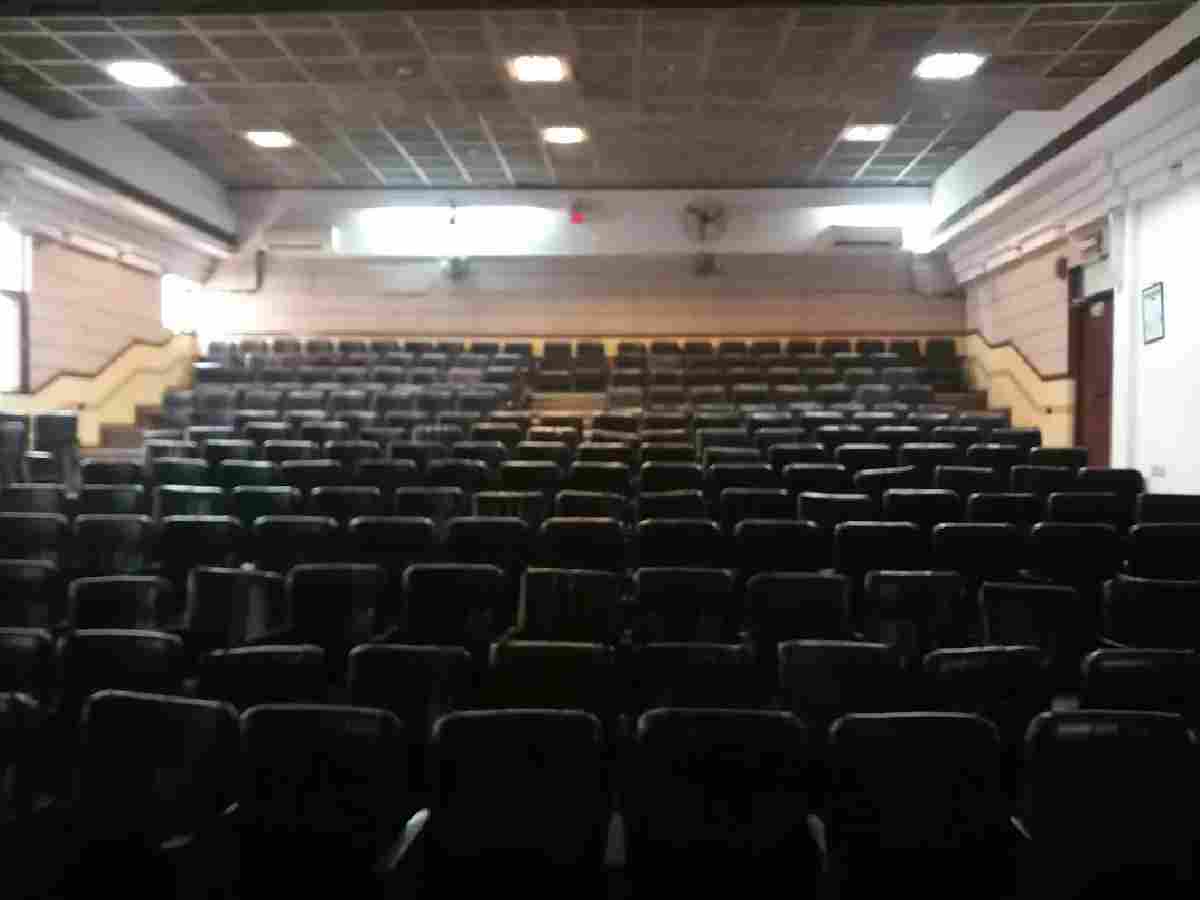
On June 13, 1997, a devastating fire broke out at Uphaar Cinema in Green Park during a matinee screening of the film Border. The blaze originated in the basement parking area, caused by a short circuit in a poorly maintained 1000 KVA transformer without an oil soak pit. Flammable vehicles in the basement accelerated the fire’s spread, and thick toxic smoke engulfed the auditorium, especially the balcony.
With exit gates locked, gangways obstructed by unauthorised seating, and no operational fire safety equipment or emergency lighting, panic ensued. A stampede followed, resulting in the deaths of 59 people—23 of them children—due to asphyxiation. Over 100 others were injured.
Investigations revealed gross negligence by the cinema’s owners, Sushil Ansal and Gopal Ansal, and lapses by the Delhi Vidyut Board, the Municipal Corporation of Delhi, and the licensing authorities. Despite a previous fire in 1989 due to a similar transformer fault, the cinema continued to operate on temporary permits for 14 years. Structural modifications, such as unauthorised seating that blocked exits, and commercial use of certain areas further worsened the situation. No fire drills had ever been conducted, and the staff were untrained in emergency response.
The Central Bureau of Investigation eventually charged 16 people—including the Ansals—under the Cinematography Act, 1952, for causing death by negligence.
Also Read: Many Delhi housing societies lack fire safety clearance despite repeated warnings
The victims’ families, led by Neelam and Shekhar Krishnamoorthy—who lost both their children in the fire—formed the Association of Victims of Uphaar Tragedy (AVUT) to pursue justice.
In 2003, the Delhi High Court awarded Rs 25 crore in compensation, holding the Ansals and various authorities liable. The Ansals were directed to pay 55% of the sum. However, in 2011, the Supreme Court drastically reduced the punitive damages against the Ansals from Rs 2.5 crore to Rs 25 lakh. The brothers were convicted of negligence in 2007 and sentenced to two years in prison. These sentences were reduced in 2015 in exchange for a Rs 60 crore payment towards a trauma centre. They were also convicted in a separate evidence tampering case but released in 2022 due to age and health concerns.
The Uphaar fire prompted nationwide tightening of fire safety regulations, particularly in public venues. The cinema has remained sealed since 1997, though an order in 2023 called for its unsealing. A memorial, Smriti Upavan, was inaugurated in 1999 opposite the cinema to honour the 59 victims.
The legal journey spanned 344 hearings and was marred by missing records and hostile witnesses, highlighting the difficulty of securing accountability. The advocacy of AVUT has inspired survivors of subsequent disasters—including the 2010 Carlton Towers fire and the 2011 AMRI Hospital fire—to demand justice.

